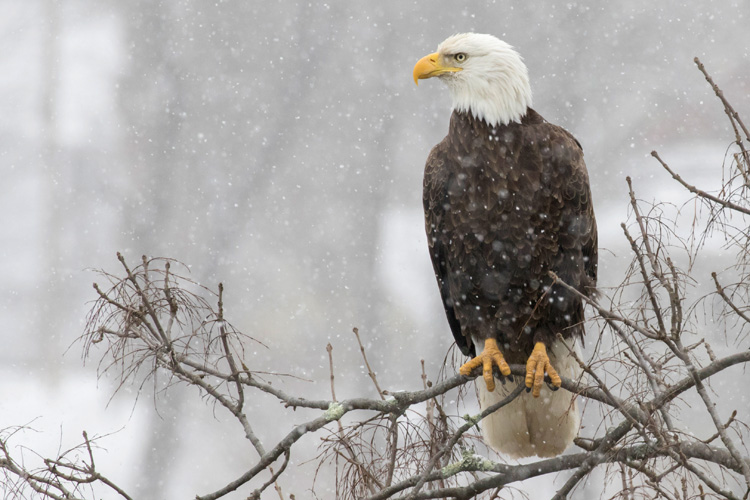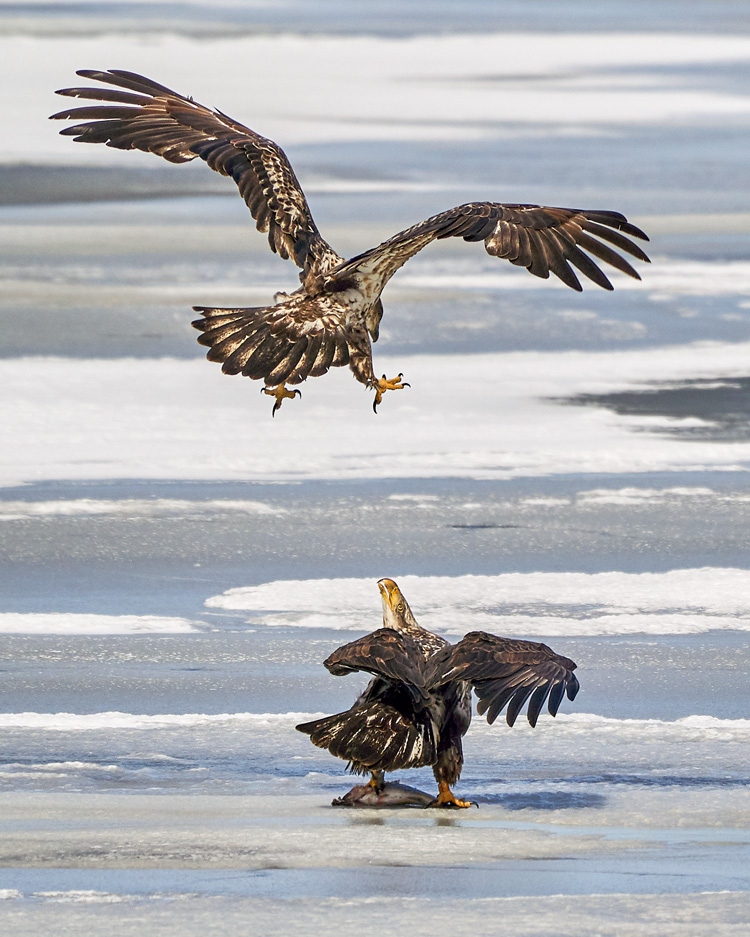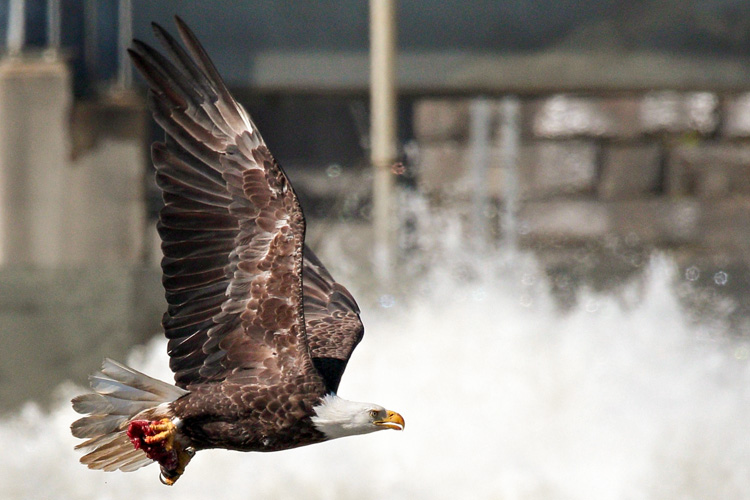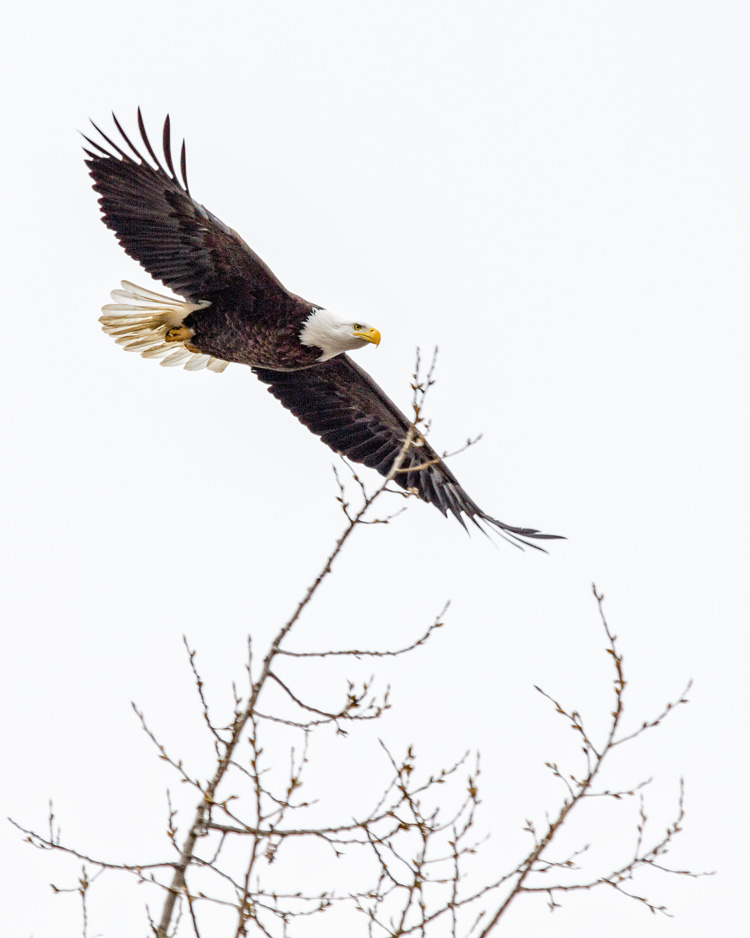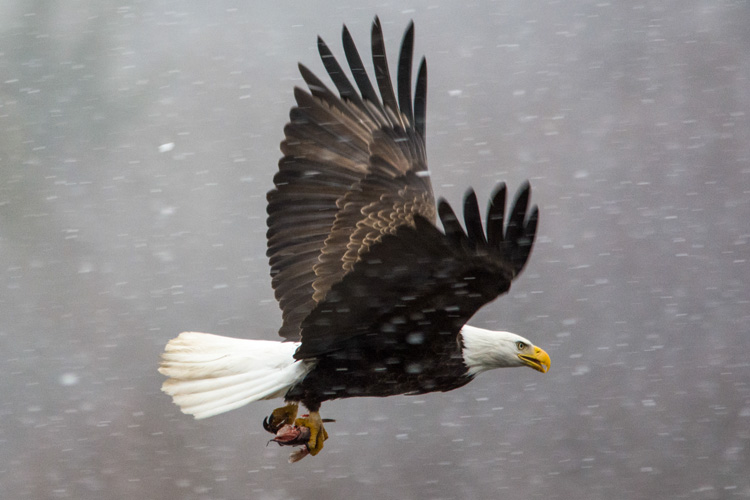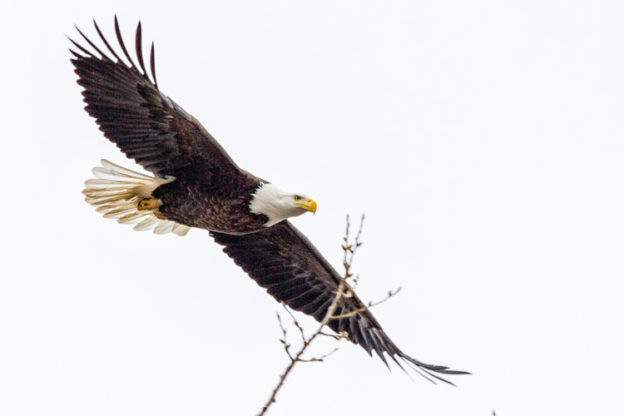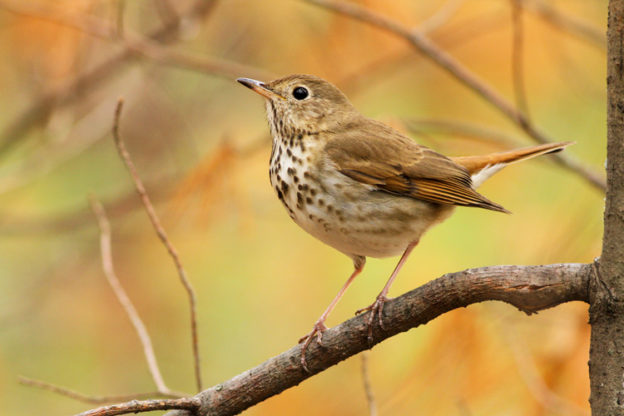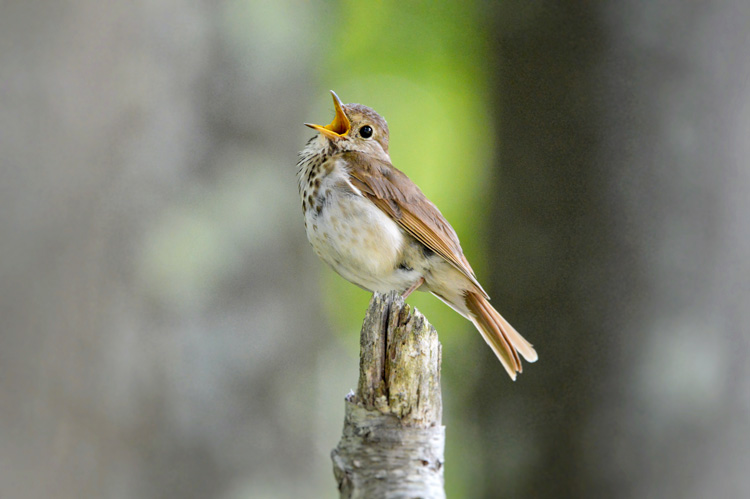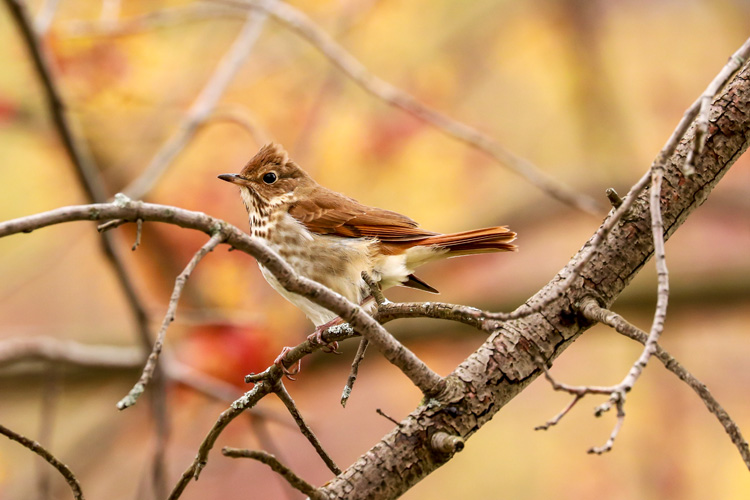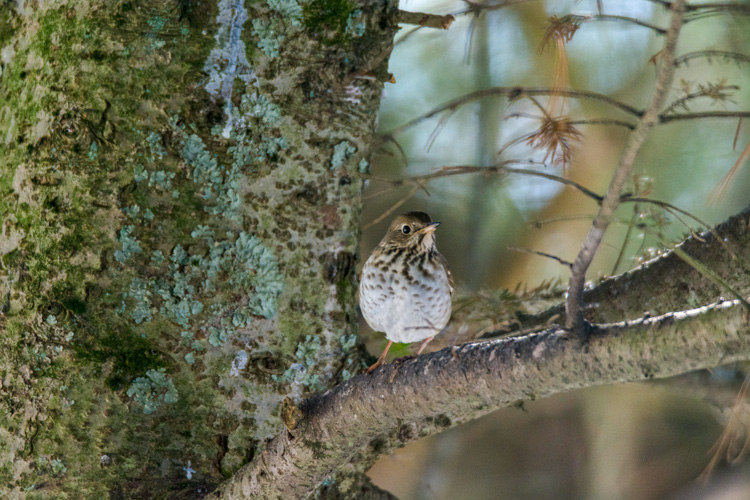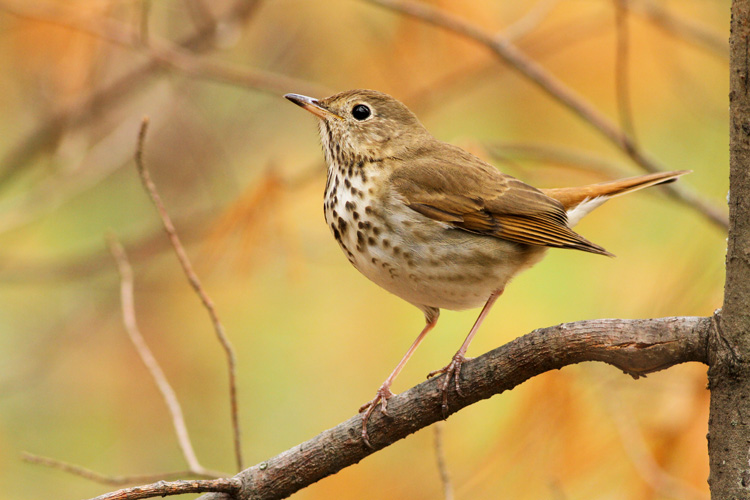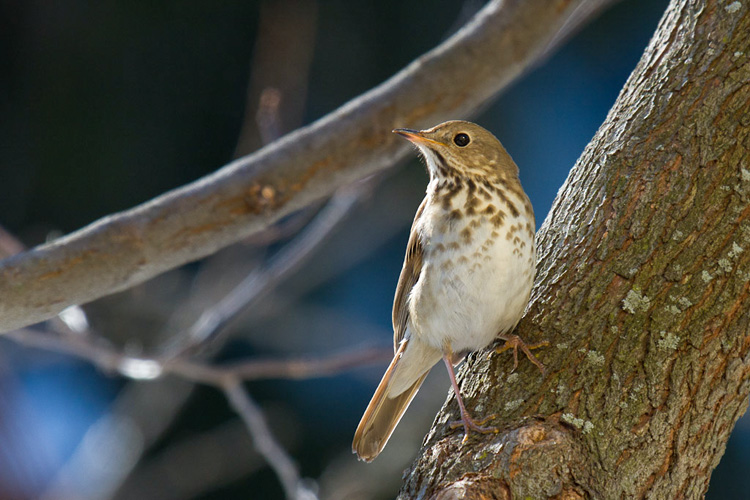In addition to having the distinction of being the official emblem of the United States, Bald Eagles are also one of the great conservation success stories. Once considered a rare breeder in the state, reintroduction efforts have been successful enough that Bald Eagles are seen with increasing frequency year-round in Massachusetts and the number of nesting eagles continues to rise each year.
When ice forms on interior lakes, Bald Eagles move to river mouths along the coast where they can fish in the open water. The mouth of the Merrimack often has a number of wintering eagles, which is why the Merrimack River Eagle Festival, co-hosted by Mass Audubon’s Joppa Flats Education Center and Parker River National Wildlife Refuge, takes place in mid-February.
You’ll find ample opportunities to spot Bald Eagles both during the festival and during any number of eagle programs in your area, but until then, here are five photos of eagles in winter from our annual Picture This: Your Great Outdoors photo contest for you to enjoy.
